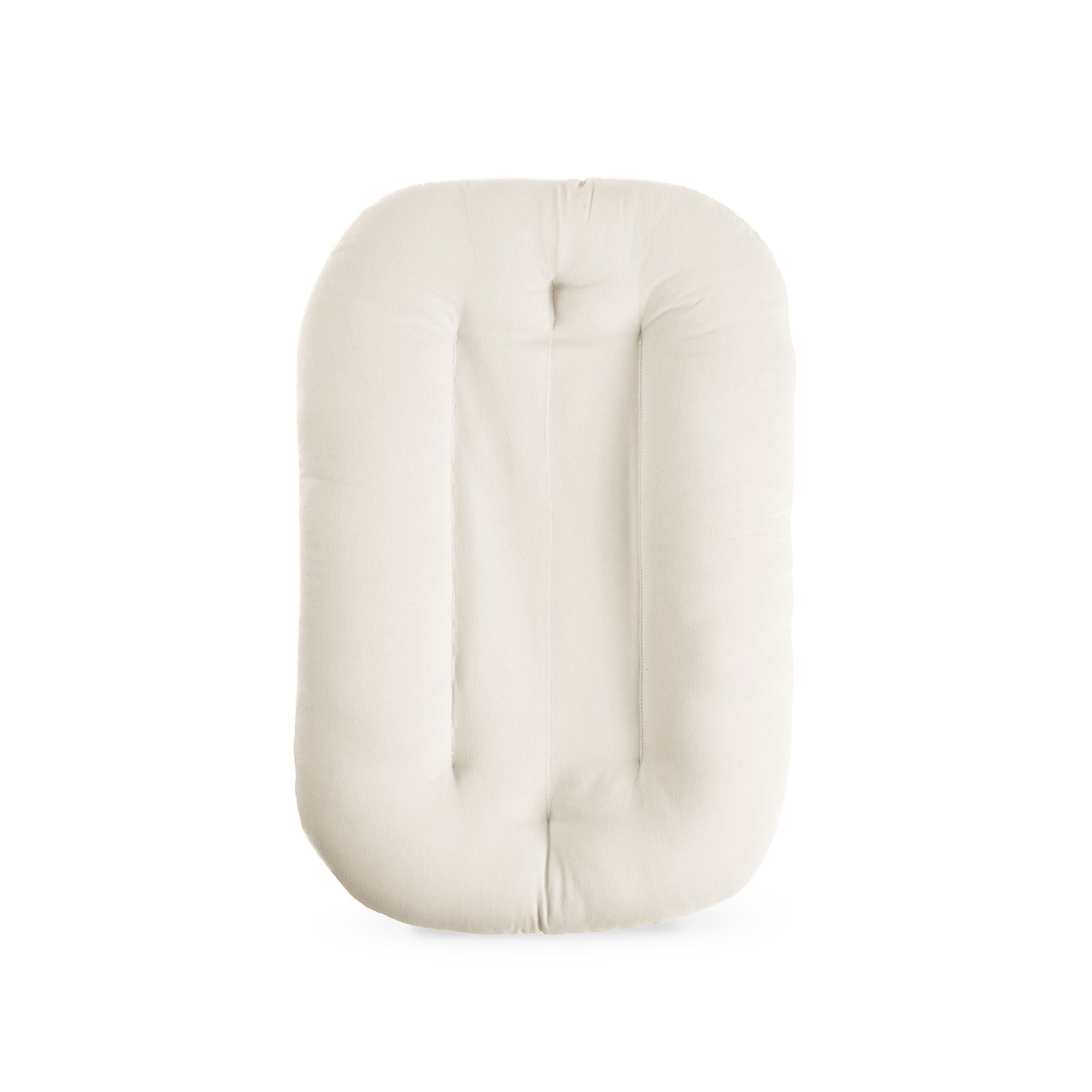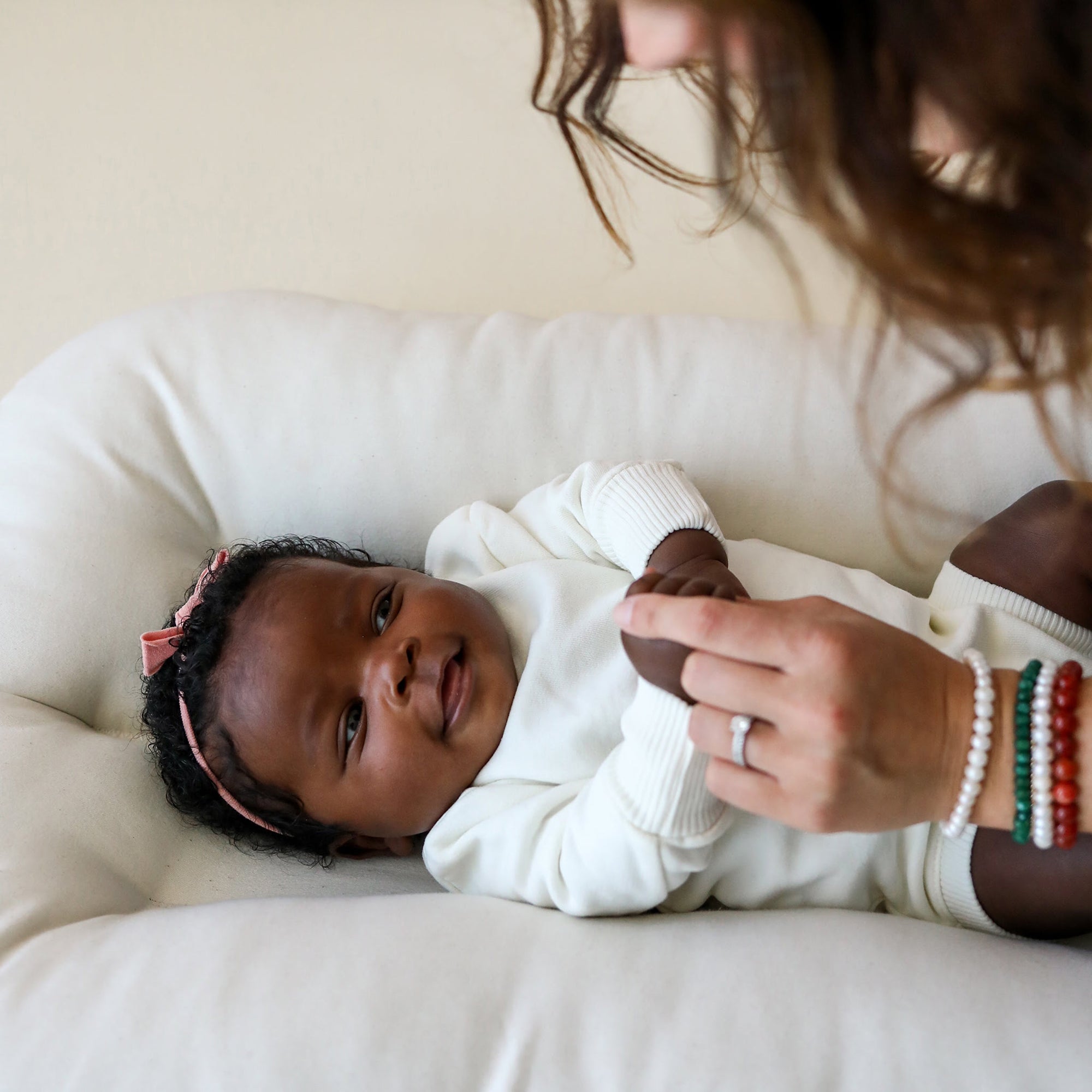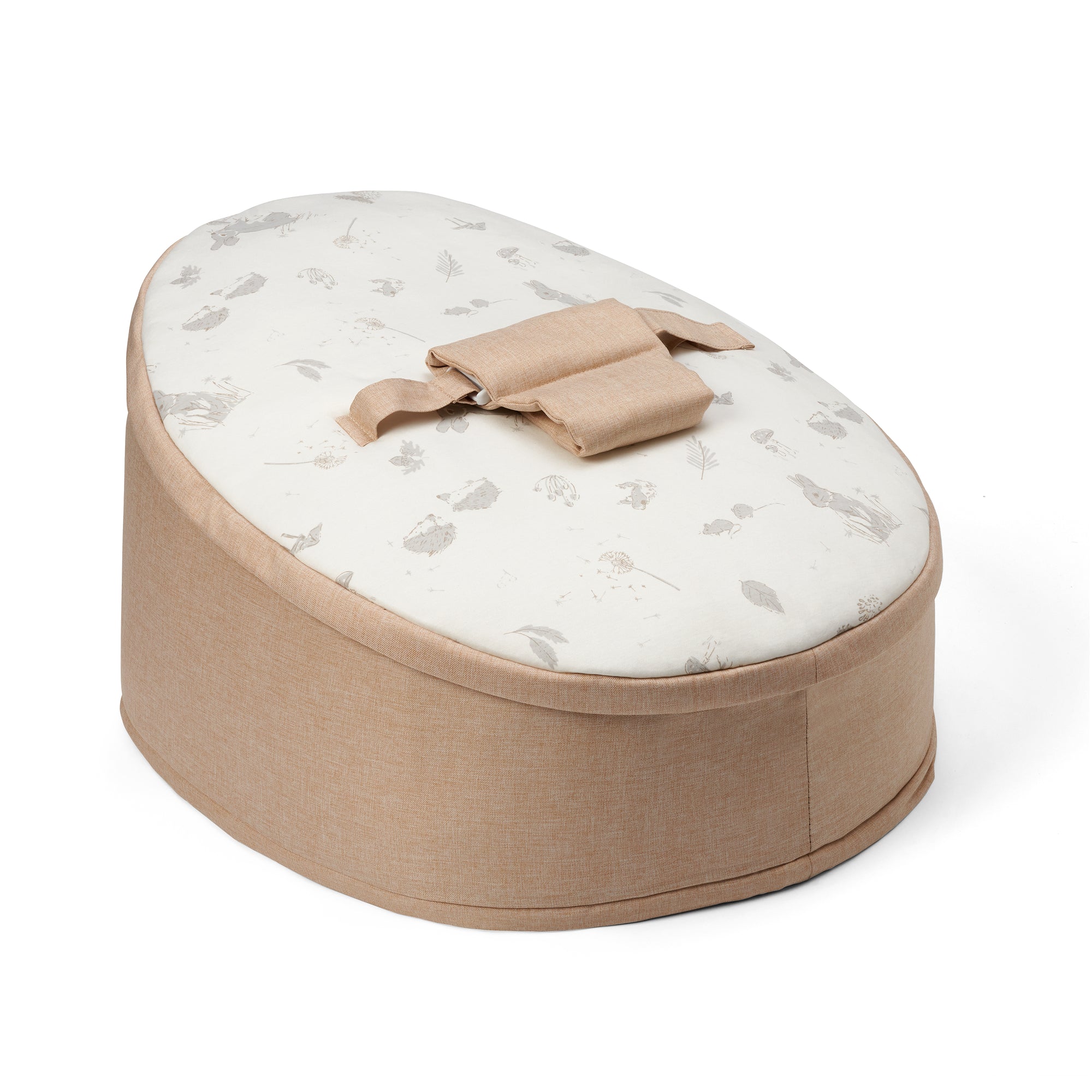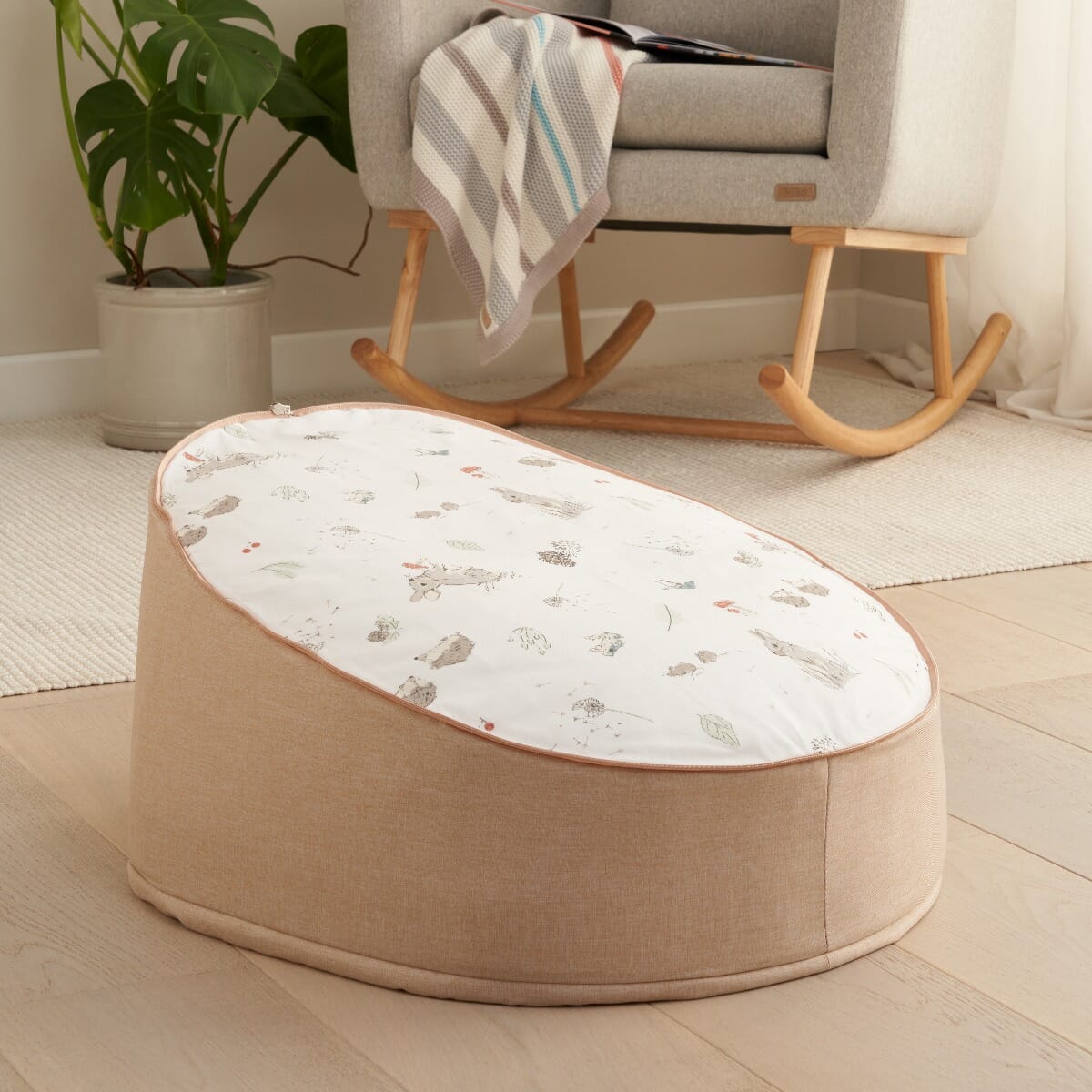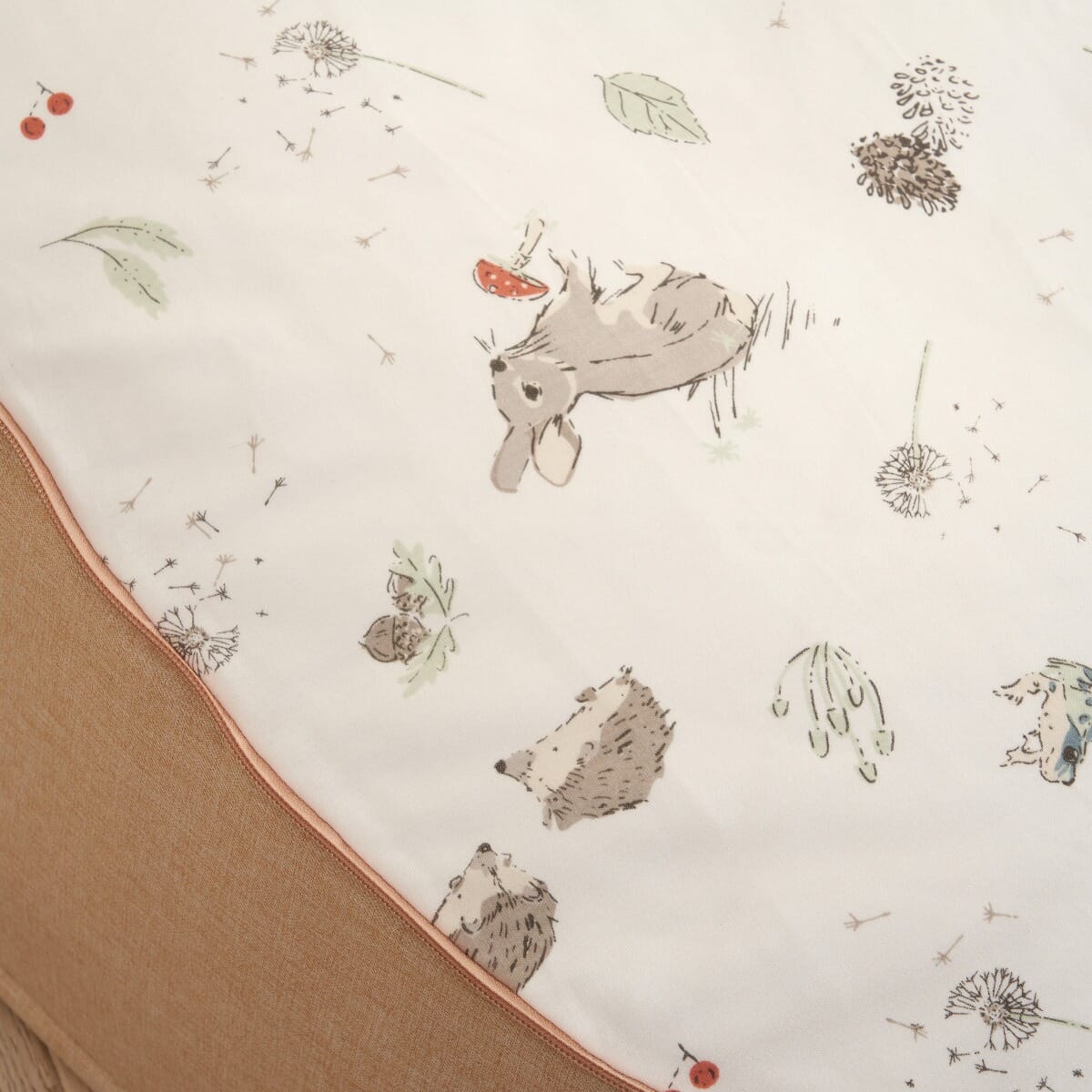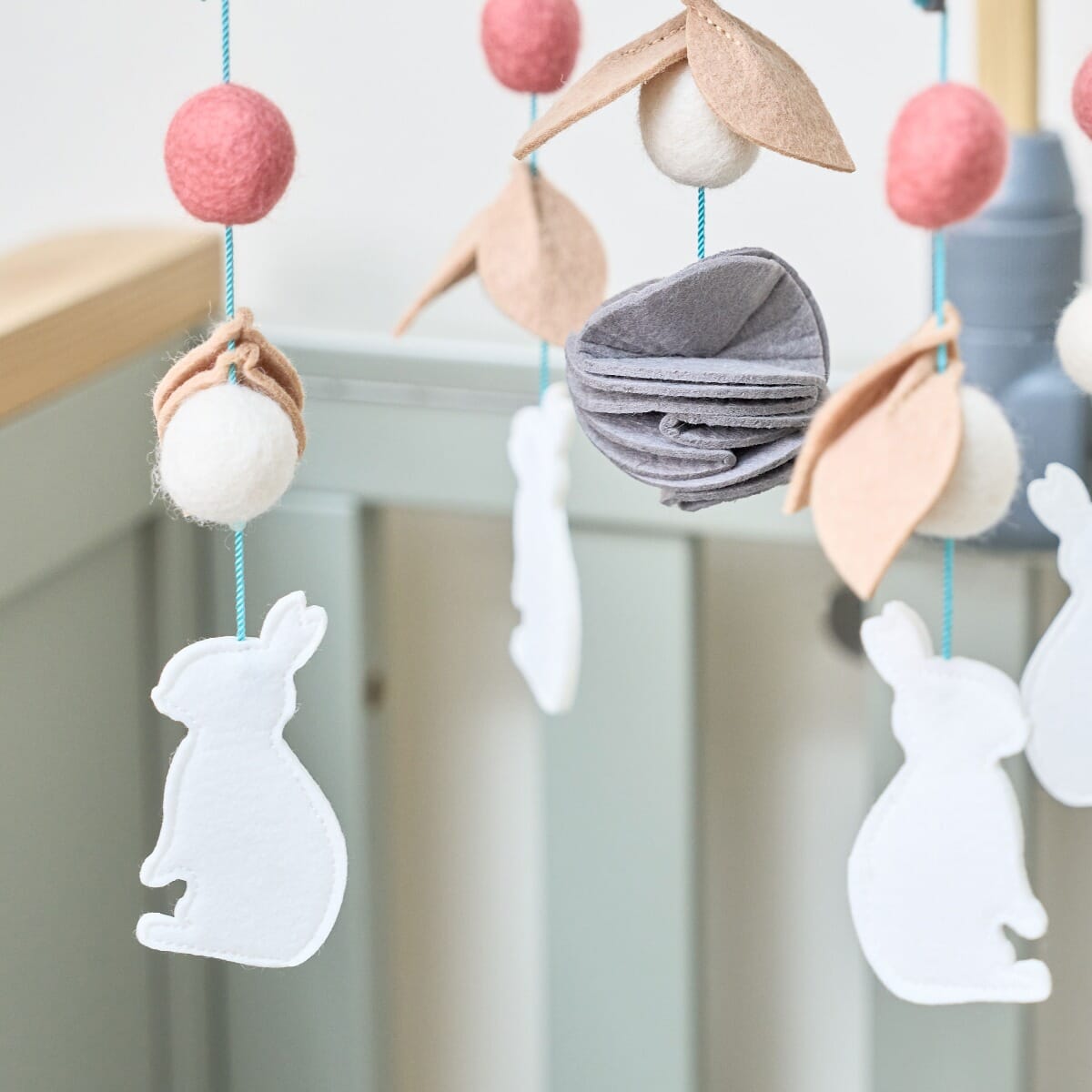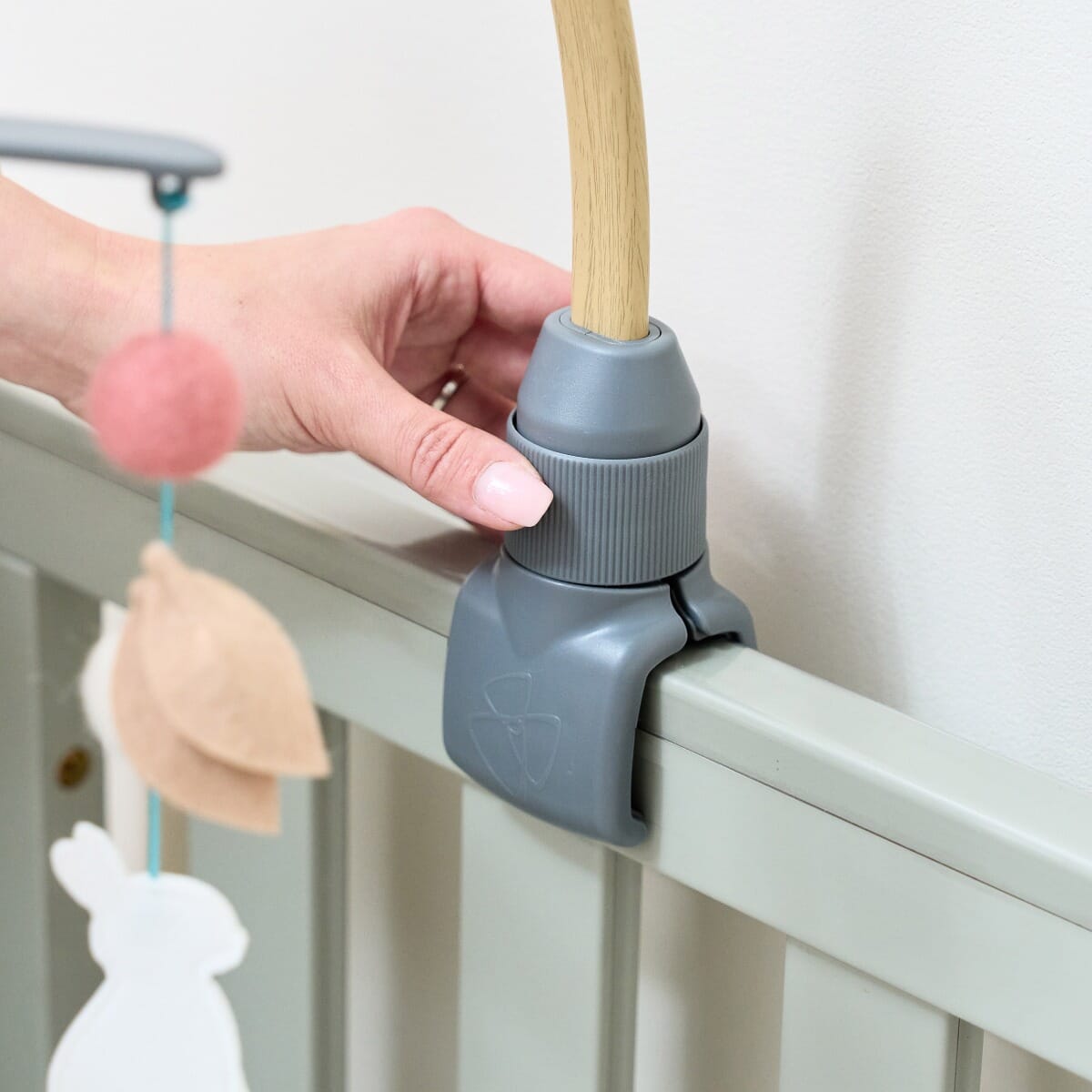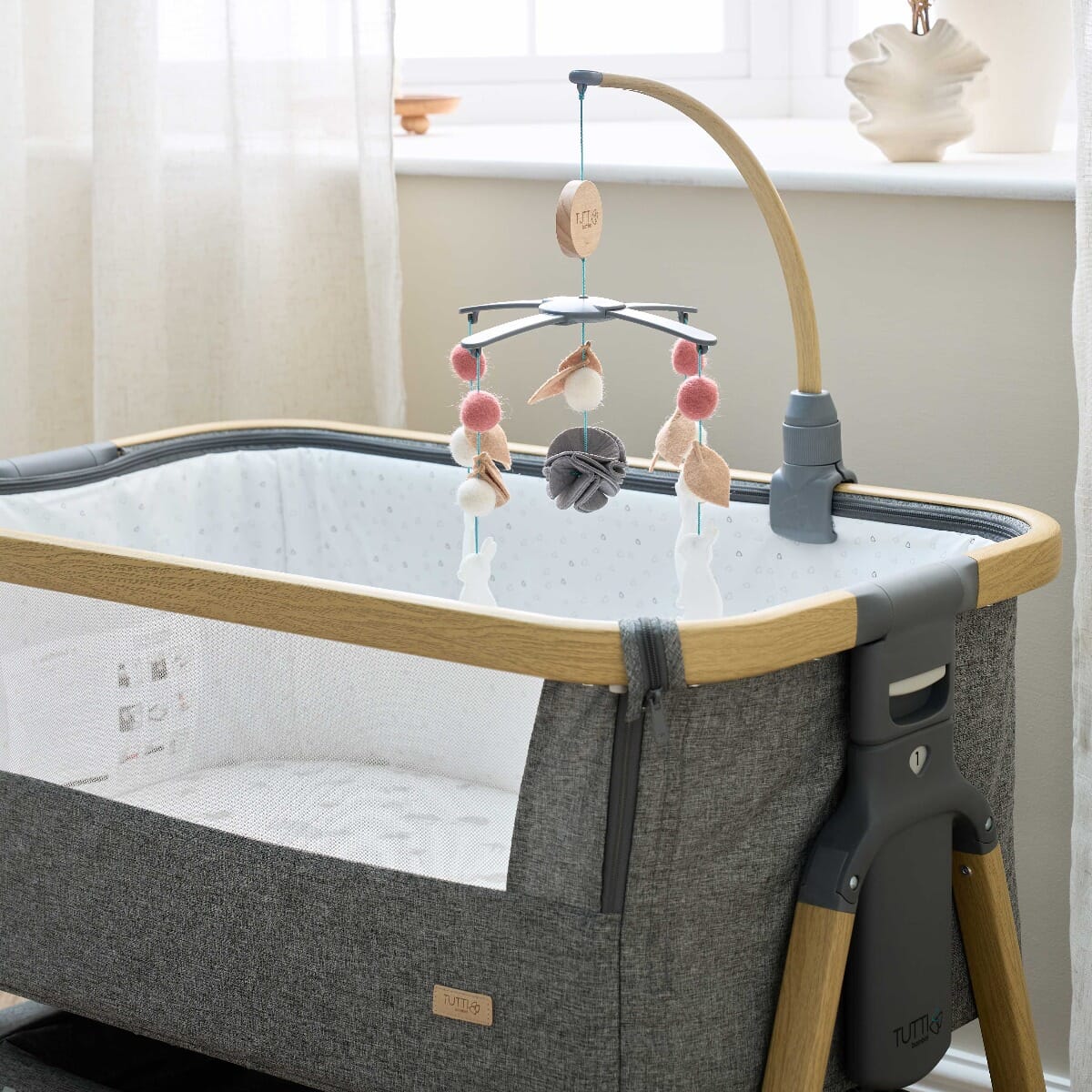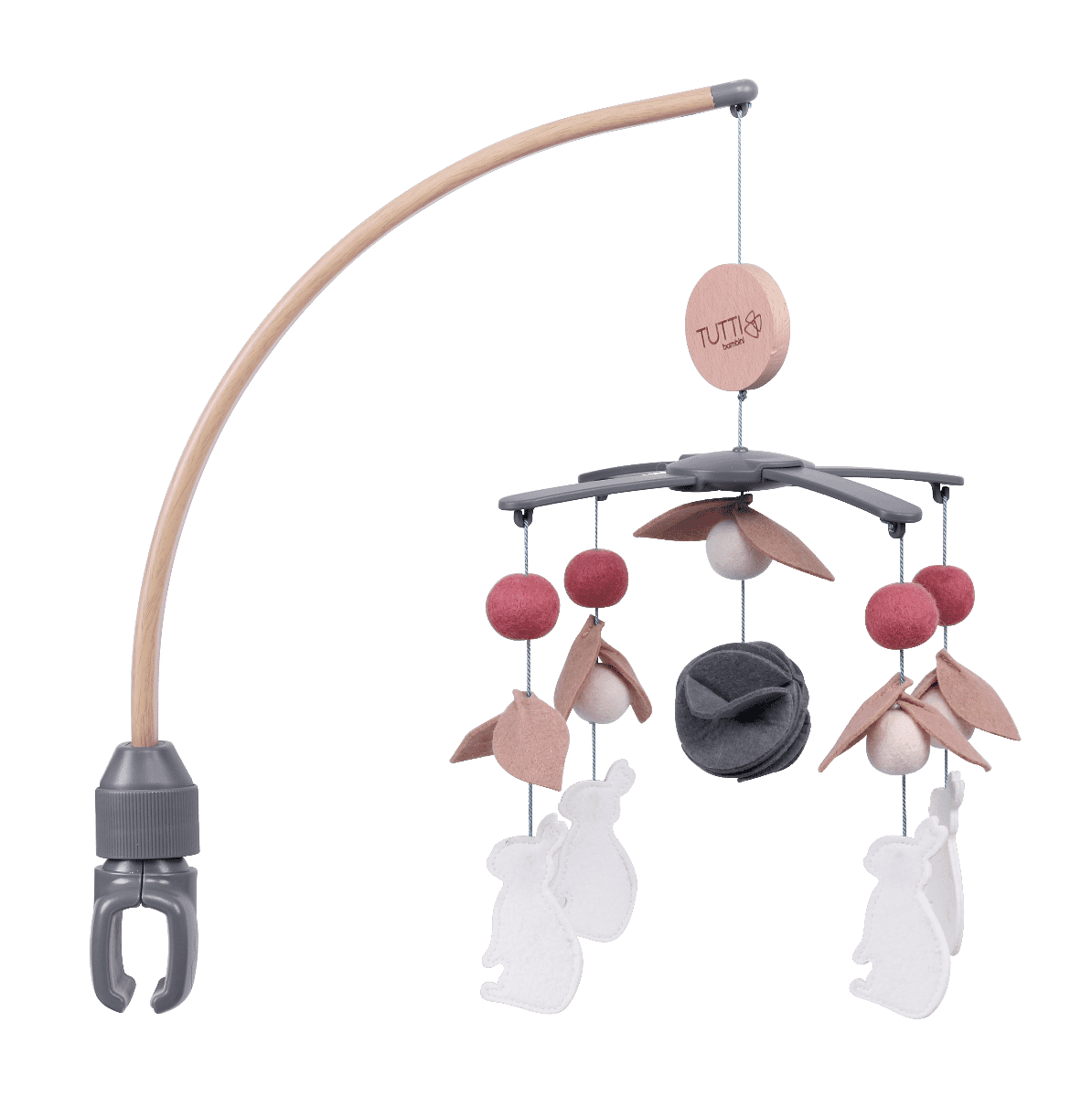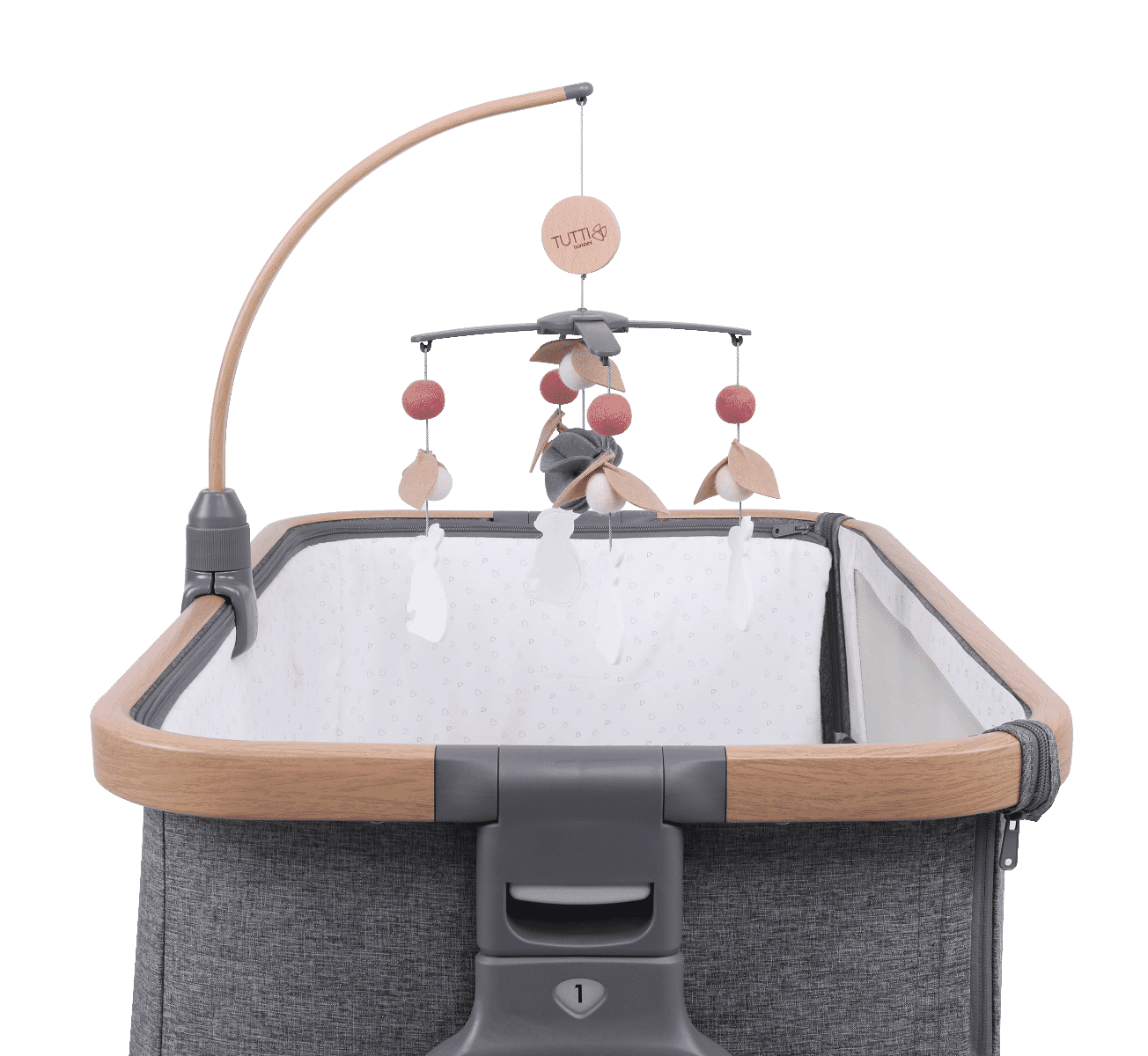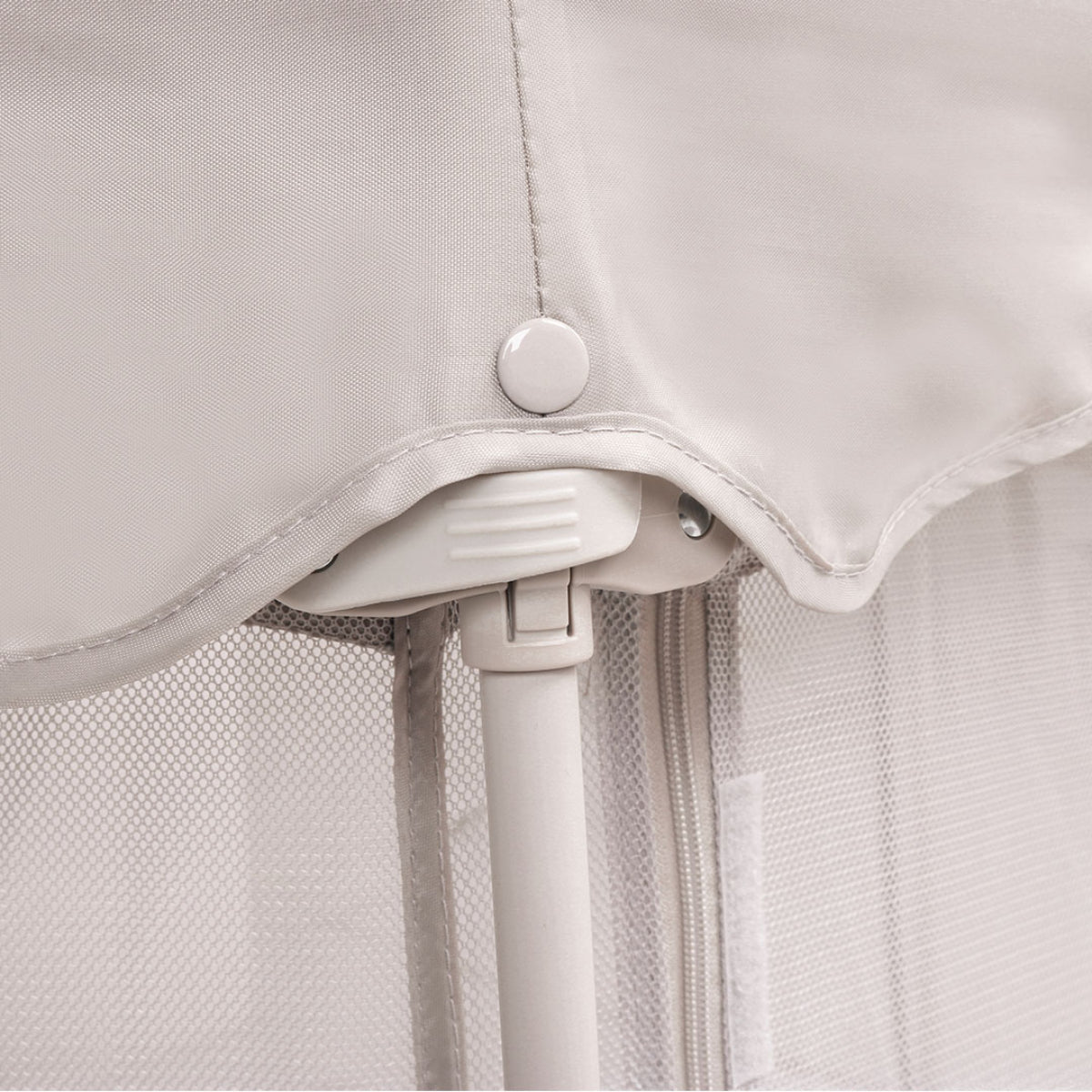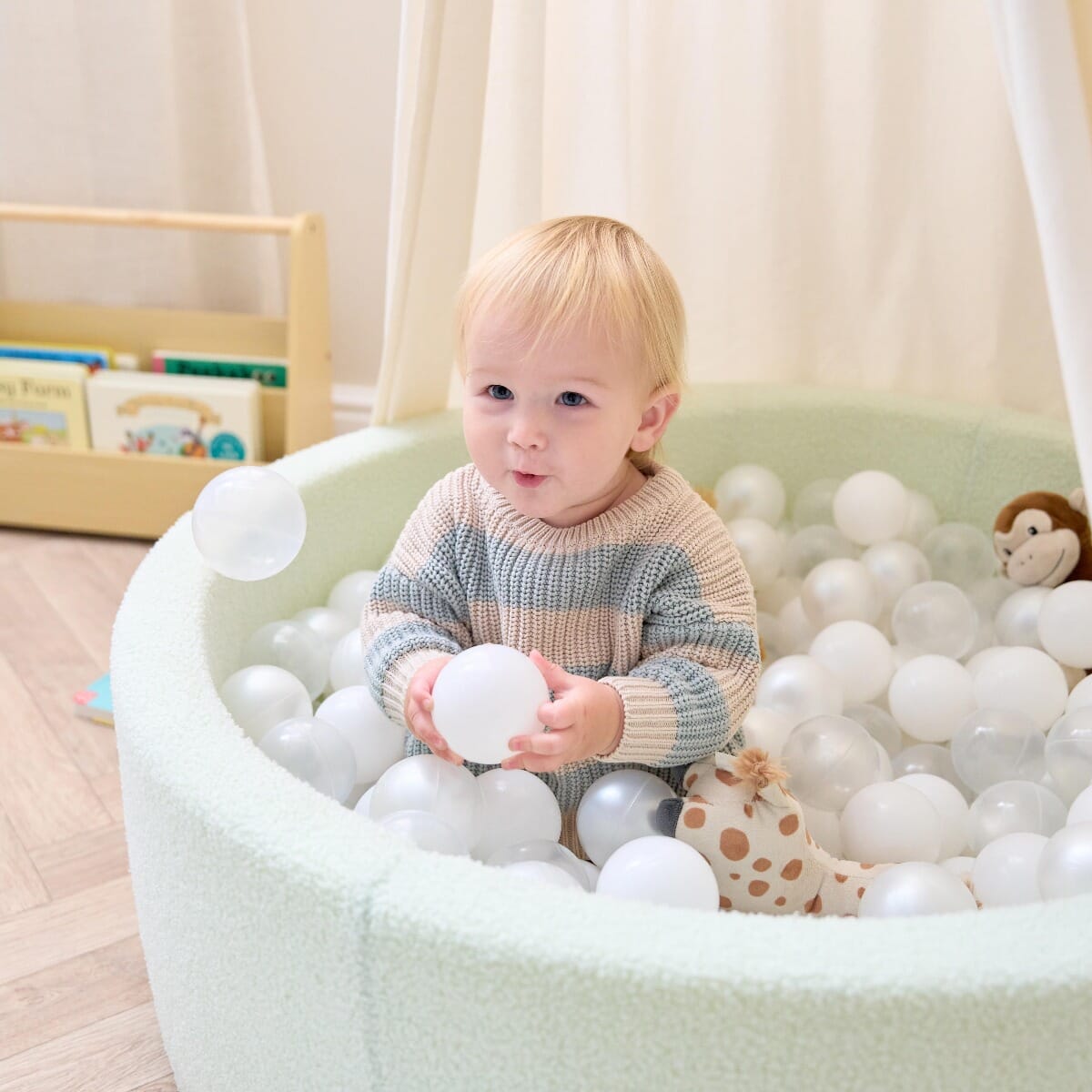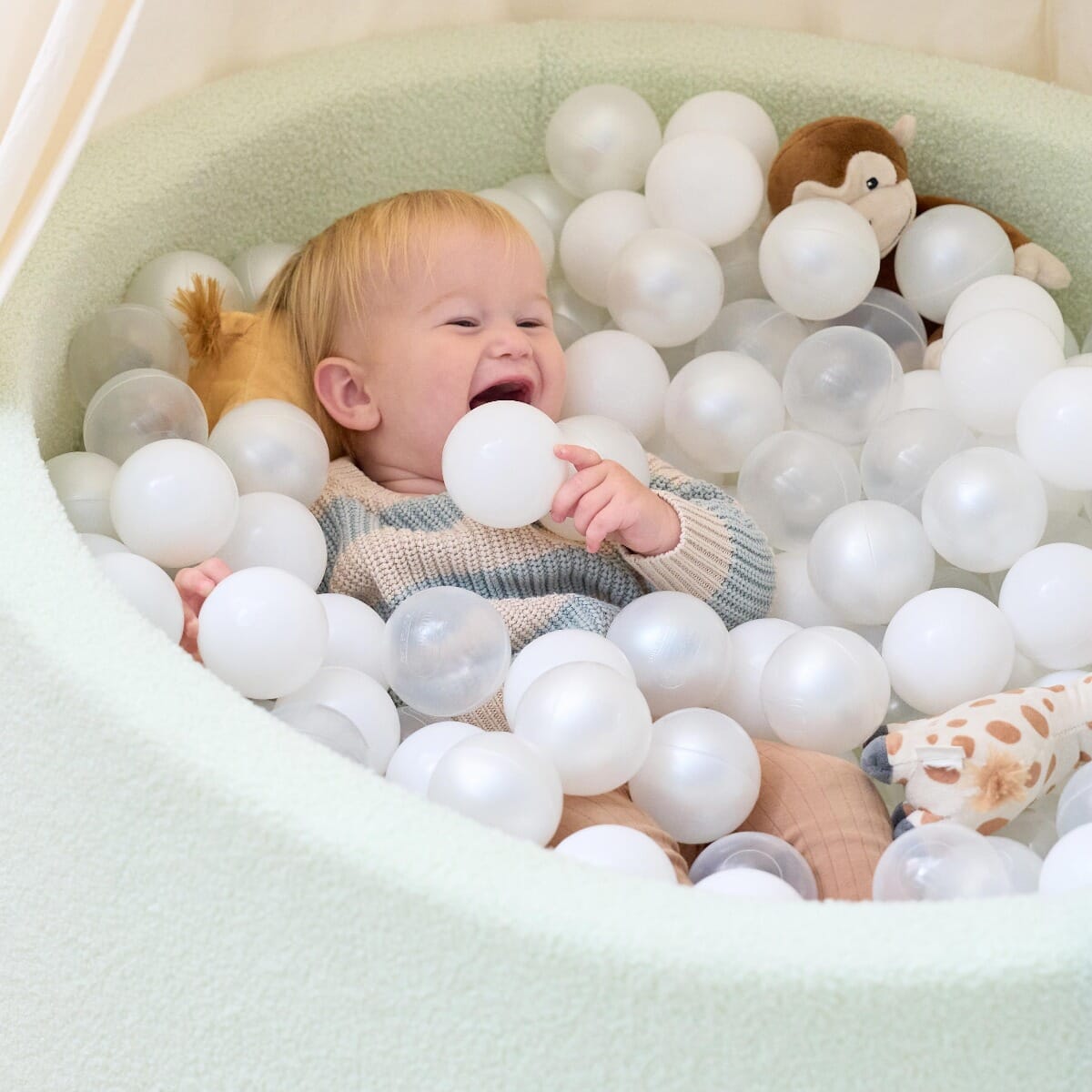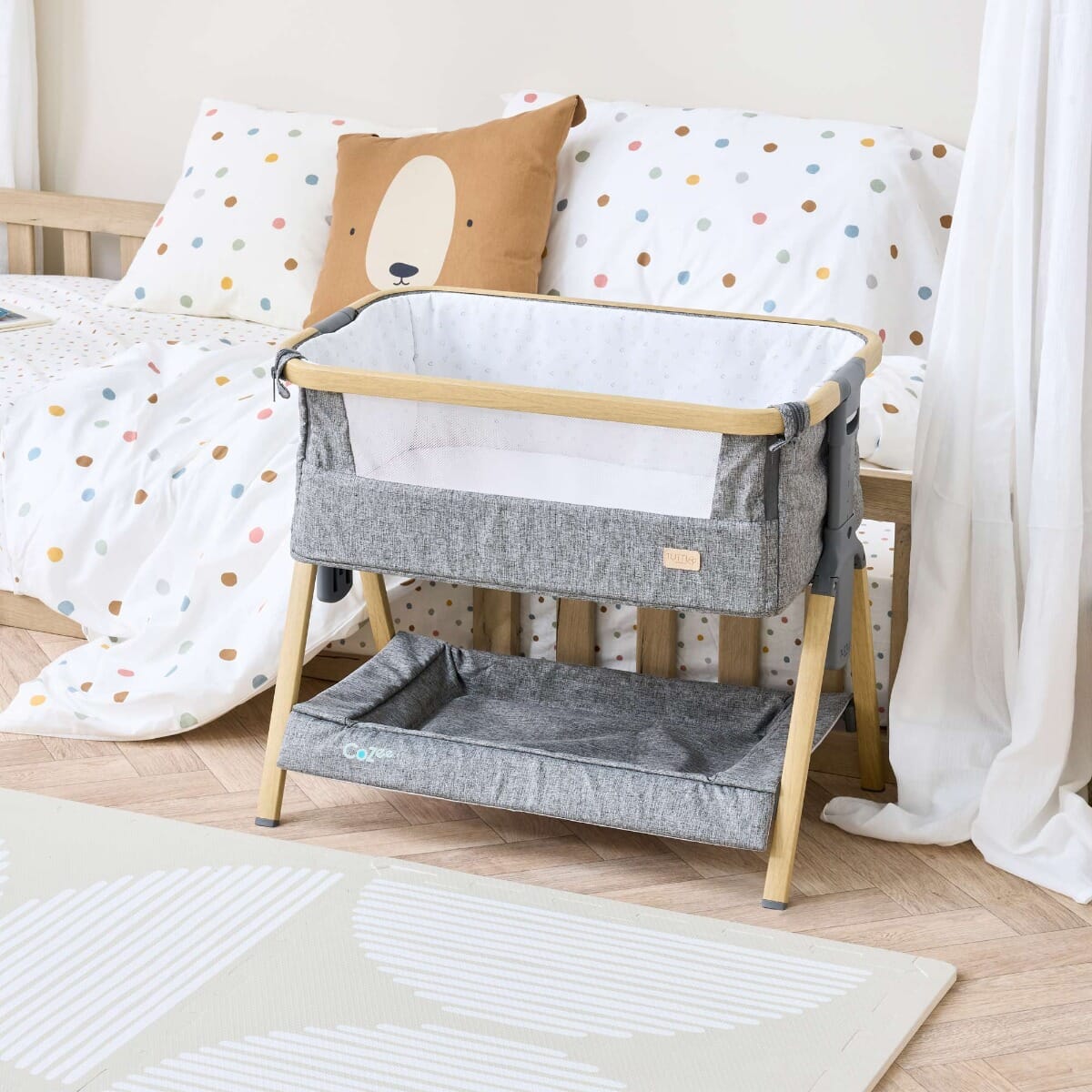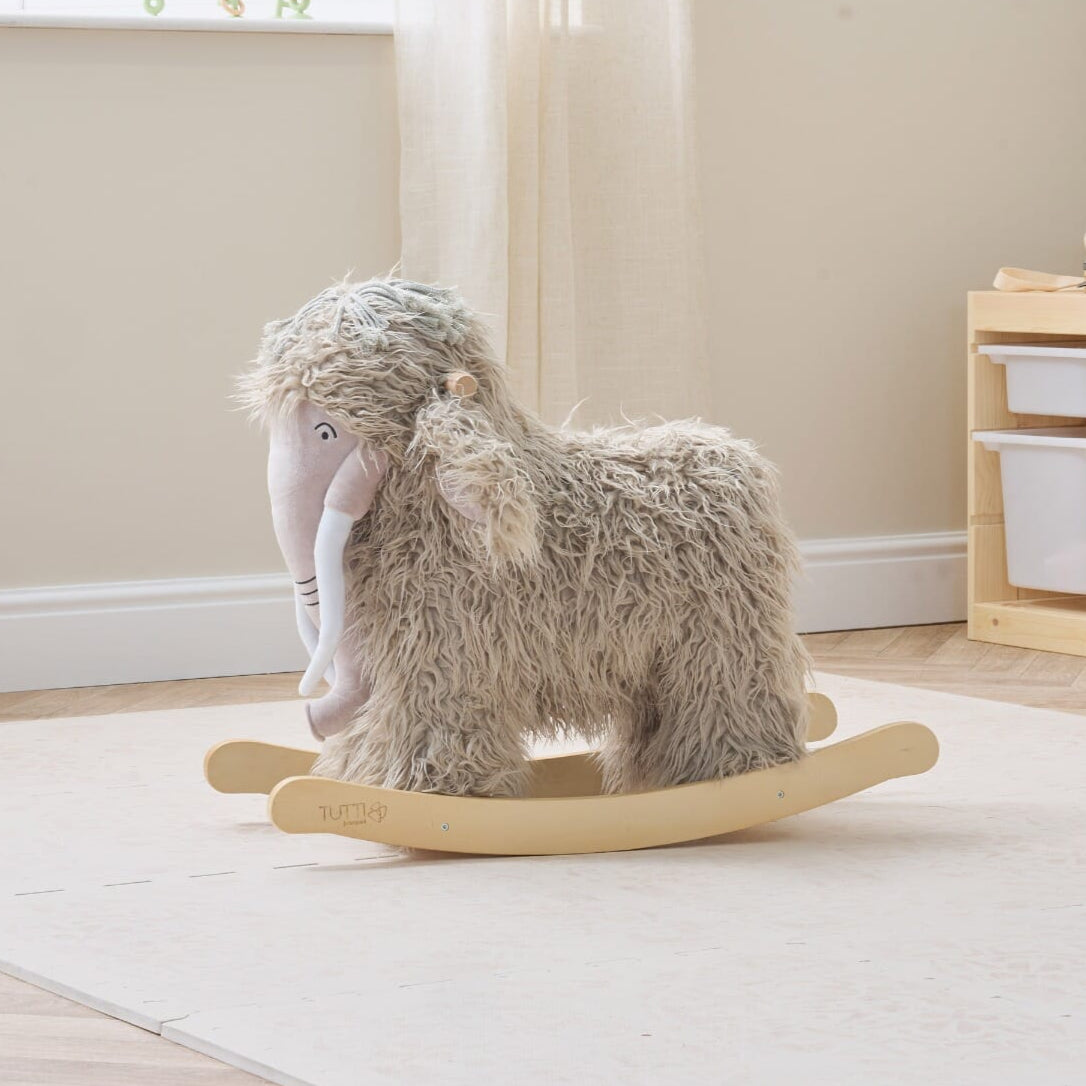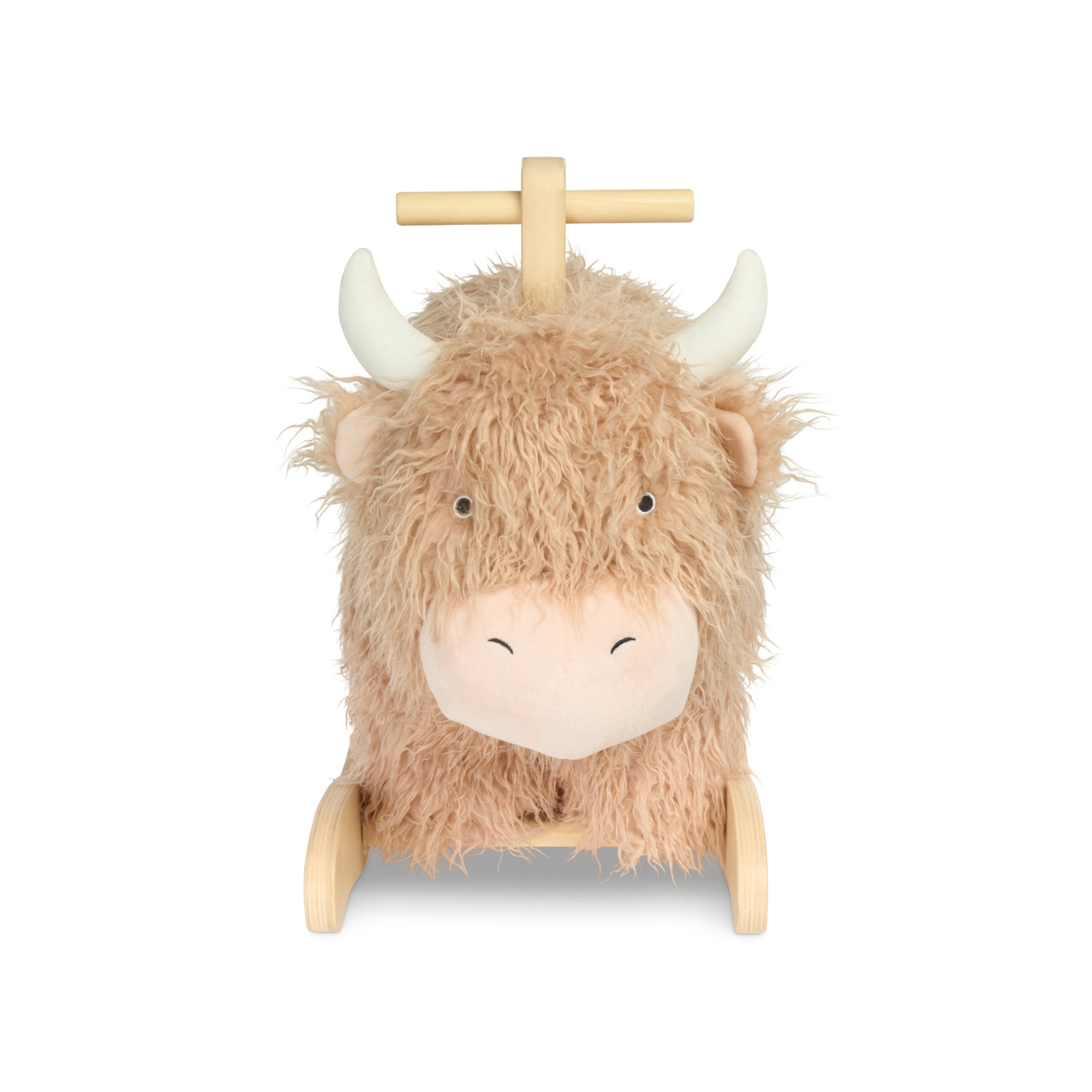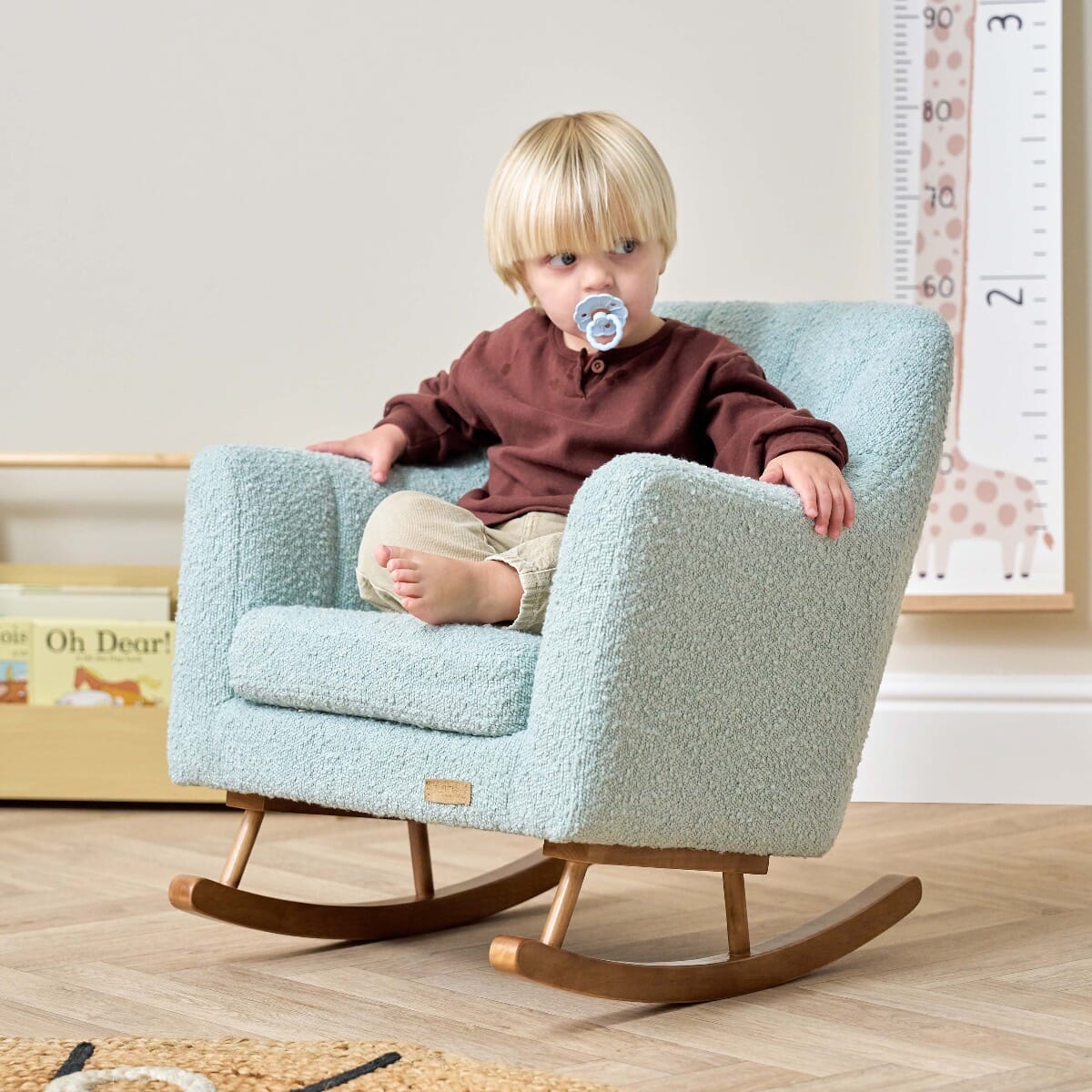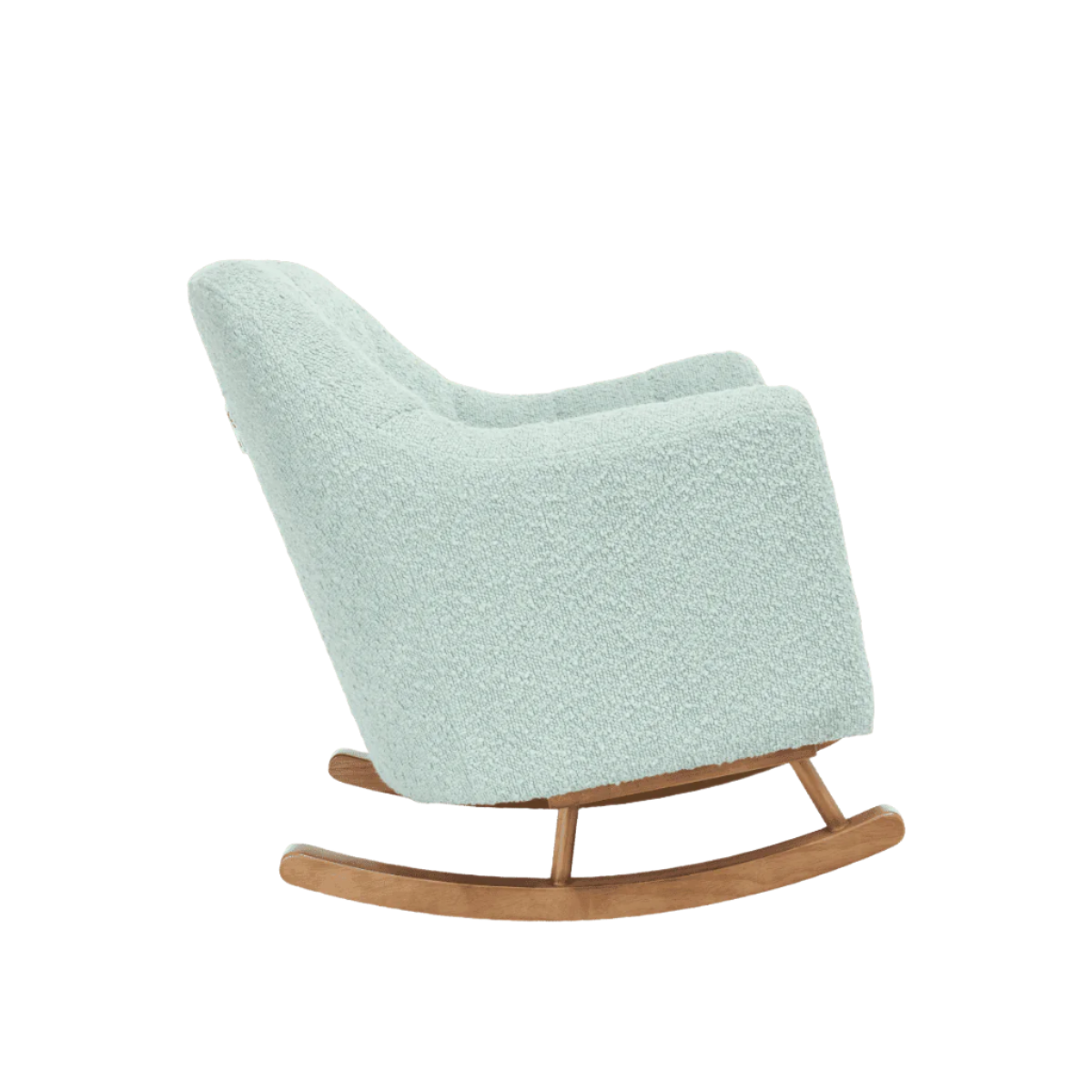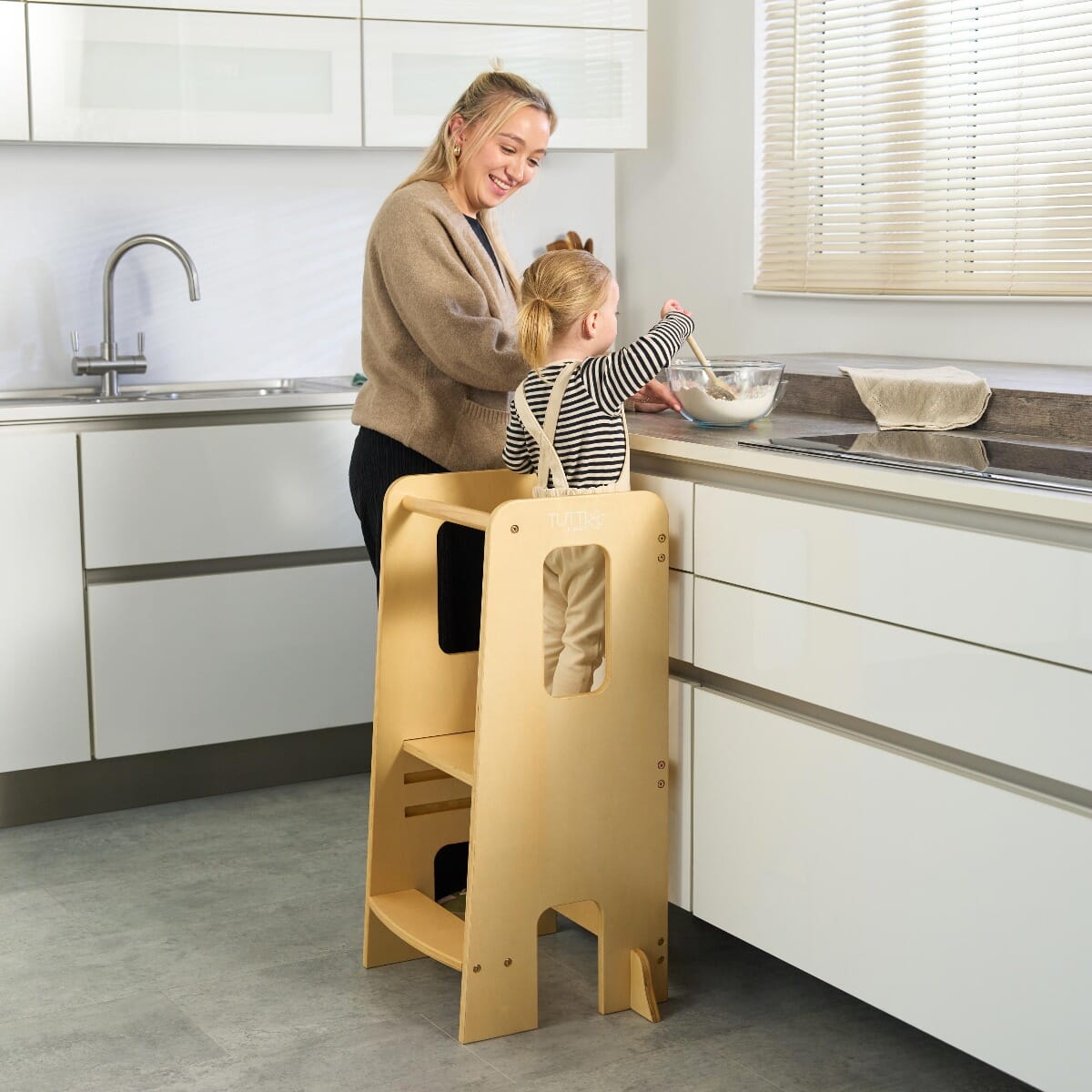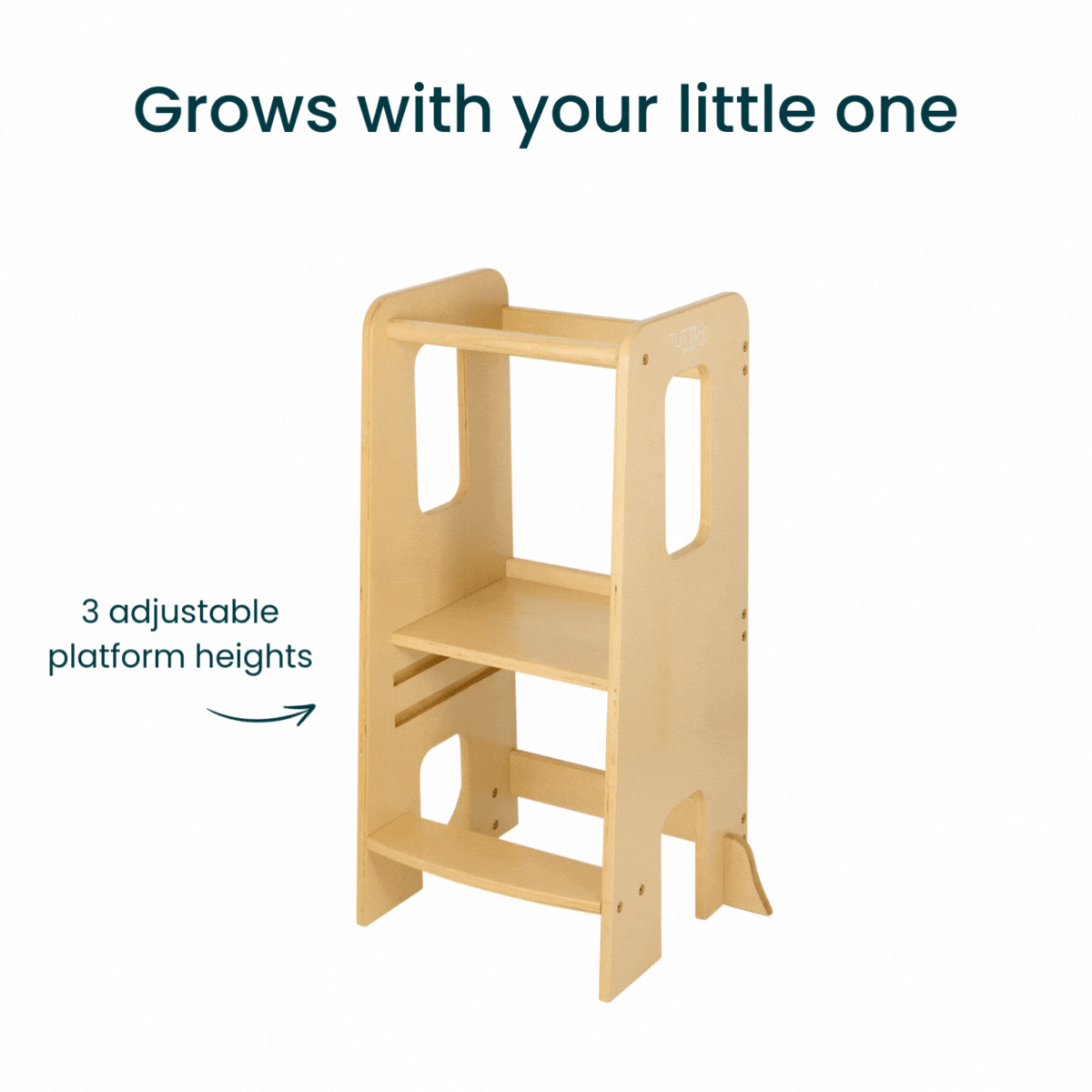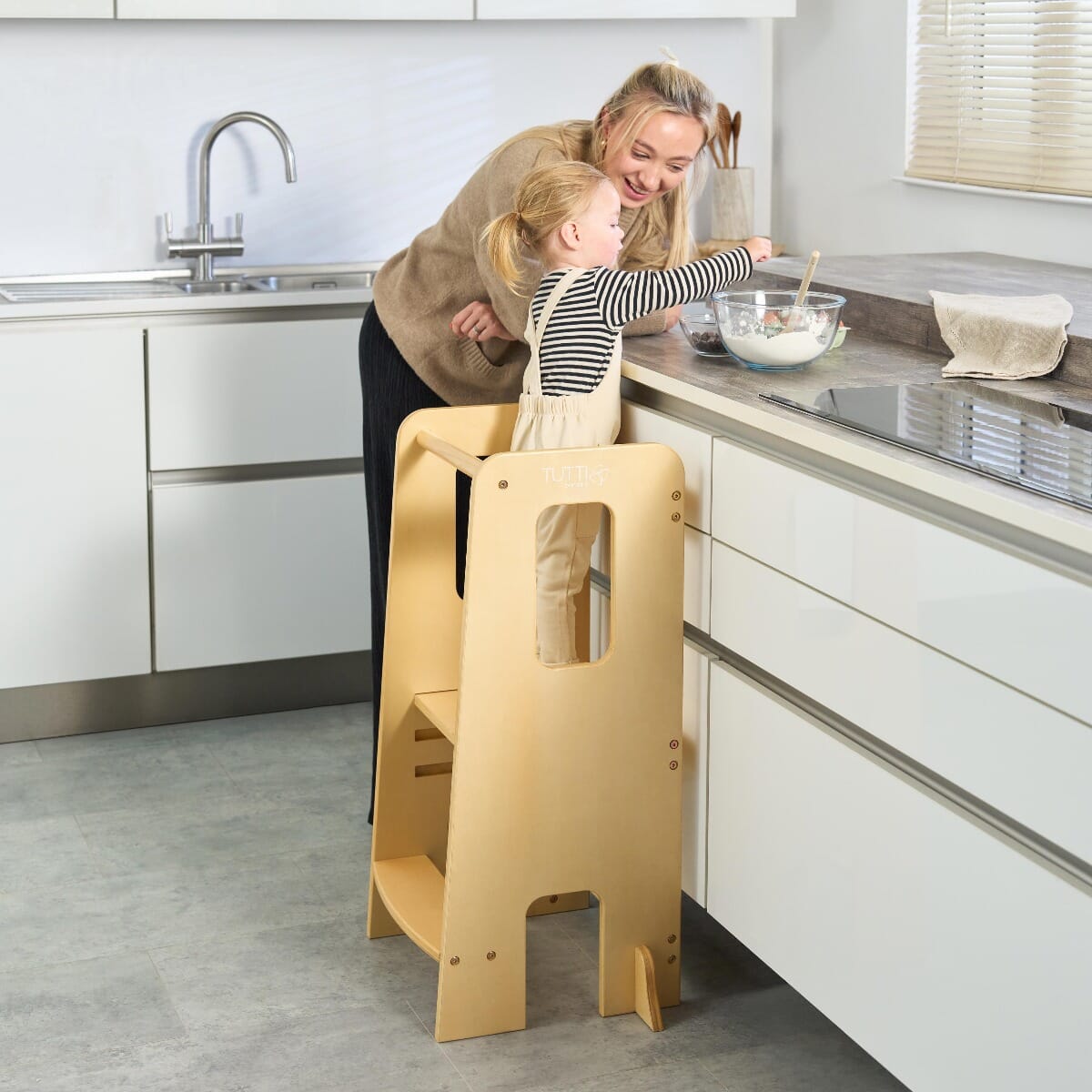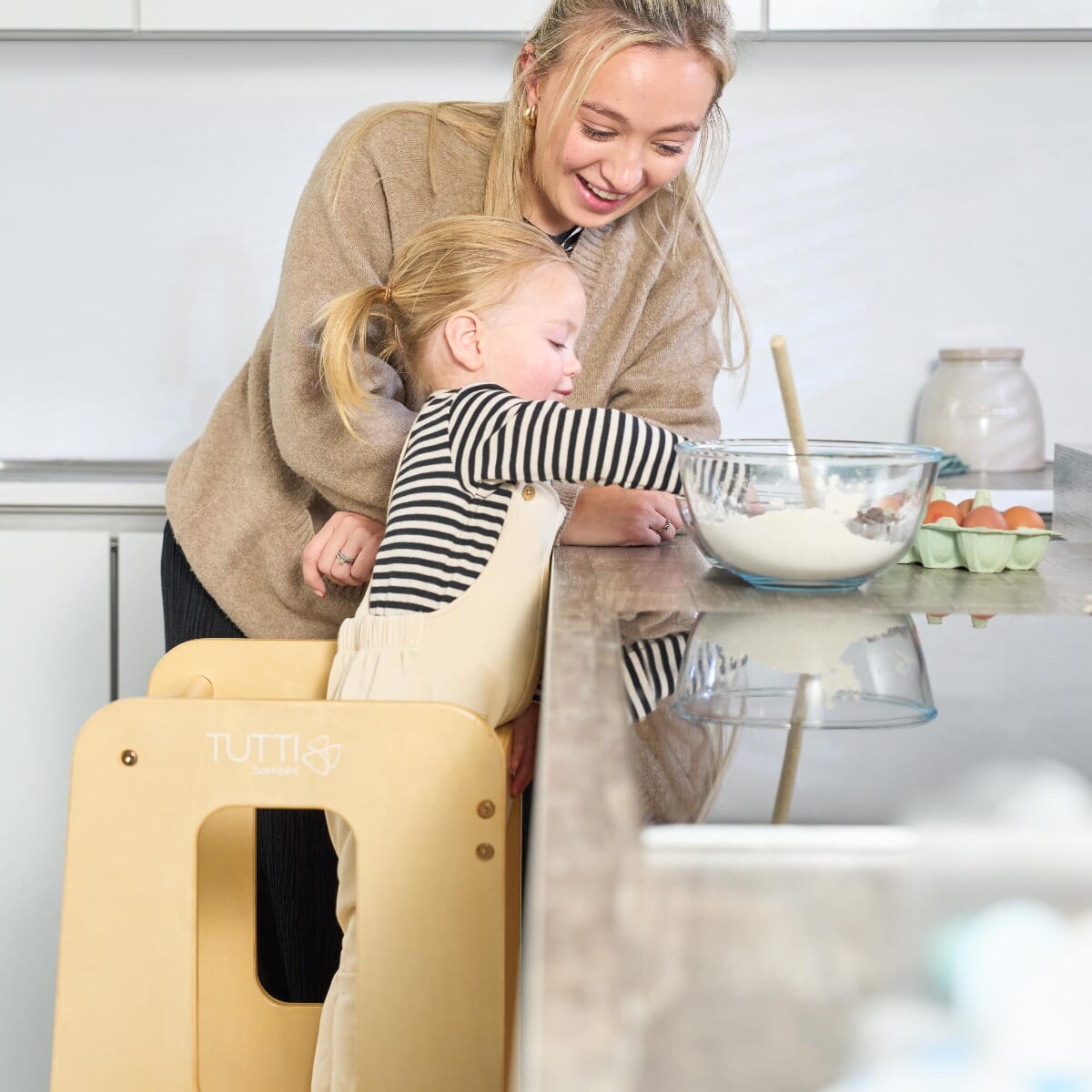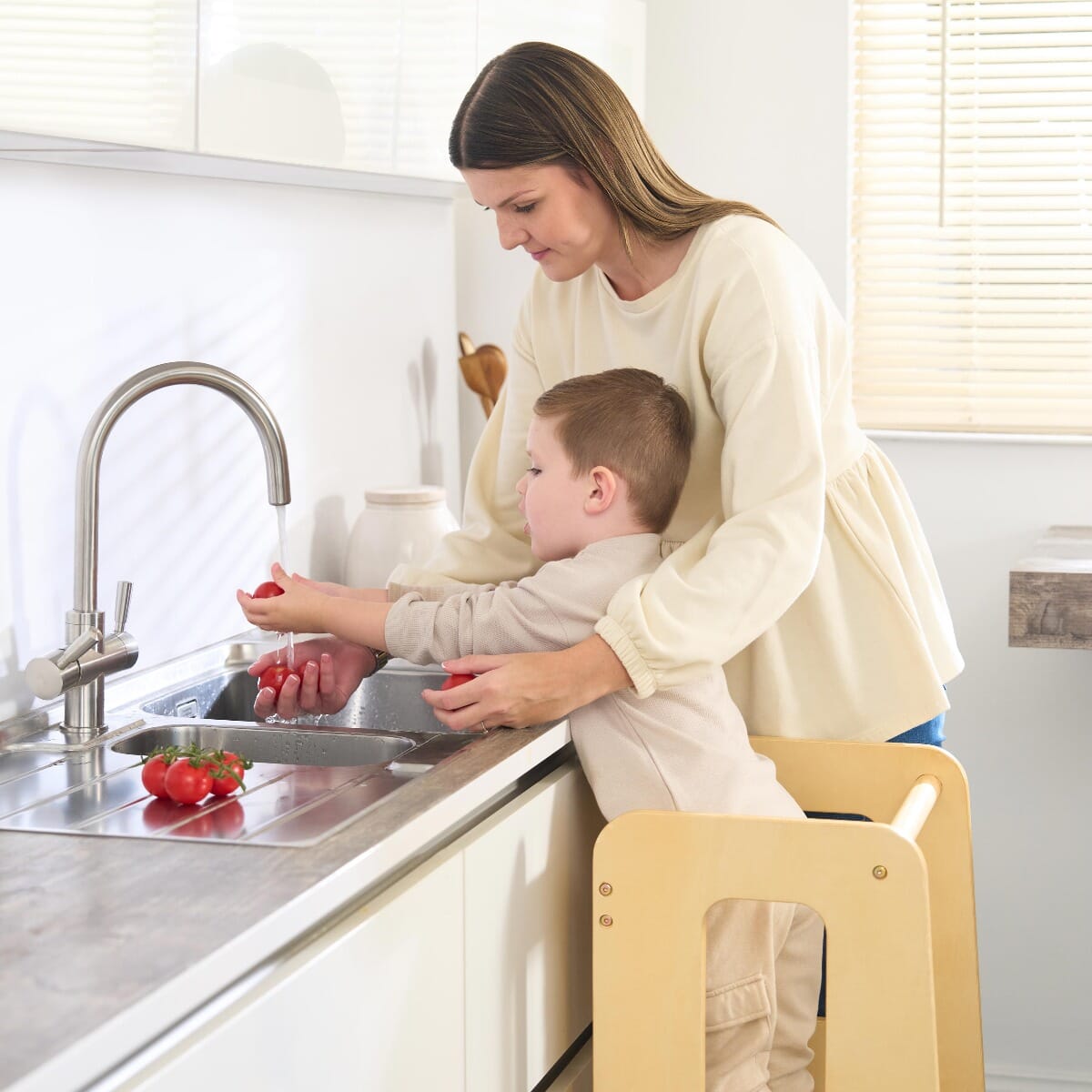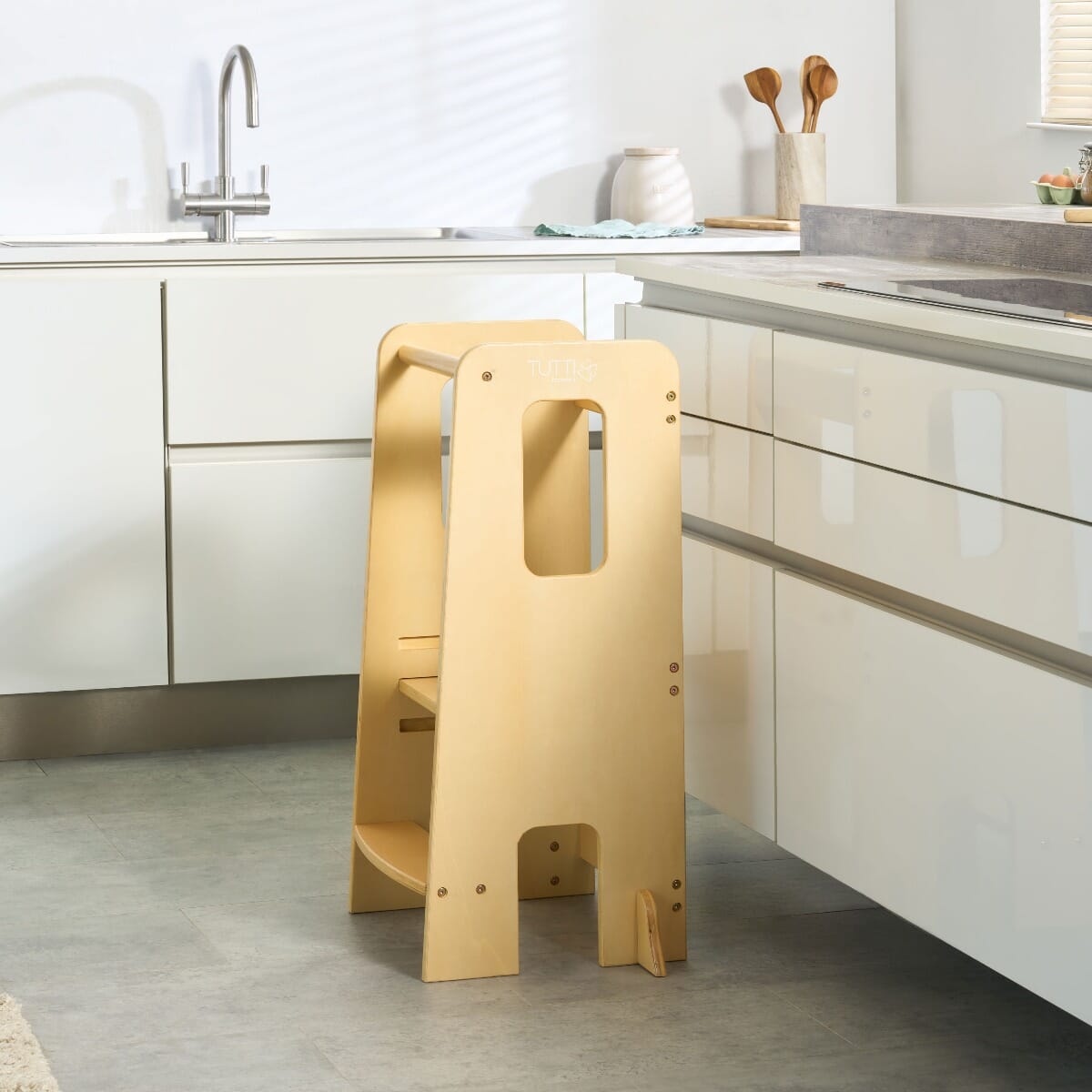Creating a Montessori nursery isn’t just about decor—it’s about designing a space that nurtures calm, curiosity, and independence from the very beginning. Inspired by the philosophy of Dr. Maria Montessori, this style of nursery gently invites your little one to explore at their own pace, building confidence, creativity, and a quiet kind of self-reliance.
Here’s your guide to designing a Montessori-inspired nursery at home, with beautifully practical pieces, Montessori toys, beds, climbing frames and softly thought-through ideas that support everyday independence.

What Is A Montessori Nursery?
A Montessori nursery is a child-led space shaped to their size, their rhythm, and their world. It’s all about freedom of movement, decision-making, and inviting your baby to grow into their environment with confidence.
Core Features Include:
-
Low, easy-to-reach furniture
-
Open shelving with just a few toys at a time
-
Natural textures and soft, neutral tones
-
Clearly defined spaces for sleeping, playing, and learning
As explained by Janet King from the Montessori Society UK explains, when children are trusted with responsibility in their environment, they become more capable and self-assured.

Start With A Montessori Bed
At the heart of every Montessori nursery is the floor bed. Unlike traditional cots, a Montessori bed sits low to the ground, giving even the tiniest humans the chance to move freely and settle themselves. The Casa Grande Montessori House Floor Bed brings this idea to life with its low profile and inviting house shape—offering a cosy, secure space that supports independence from the very beginning.
Its soft silhouette and grounded design give little ones the freedom to climb in, curl up, and feel completely at home.
Why It Matters:
-
Encourages self-settling and confidence at bedtime
-
Reduces the risk of climbing accidents
-
Supports a calmer, more predictable evening rhythm
Create An Open, Calm Play Space
Montessori play spaces favour simplicity over clutter. Instead of brimming toy baskets, think a few carefully chosen pieces on low, open shelves. Less really does invite more: more focus, more creativity, and more joy in the doing.
Top Montessori Toys:
-
Soft foam play blocks for open-ended building
-
Shape-sorting or stacking toys made from tactile materials
-
Modular play pieces that double as dens, nooks, or climbing areas
Create space for quiet time with the Playrama Montessori Kids Play Sofa. Its adaptable design makes it easy to build cosy corners for reading, relaxing, or daydreaming—giving your little one a soft spot to recharge between adventures.

Encourage Movement With Climbing Frames
In Montessori, movement is learning. Climbing, crawling, and balancing aren’t just fun—they’re essential. With pieces like the Scala Montessori 3 in 1 Pikler Climbing Frame with Climbing Wall and Pikler Rocking Frame Cushion, little ones can stretch their bodies and build confidence—all at their own pace. When children are free to move, they’re free to grow.
Why It Matters:
-
Supports gross motor development
-
Builds balance and resilience
-
Can be used all year, indoors

Support Everyday Independence
A Montessori nursery isn’t just for playing and sleeping—it supports the rhythm of real life. From tiny tasks like dressing or tidying, to bigger ones like brushing teeth or washing hands, this space grows good habits.
How To Support It:
-
Place small baskets low for toy rotation
-
Add a toddler-height mirror
-
Use hooks for coats and dress-up
And for shared family routines, the Helping Hands Montessori Toddler Learning Tower brings your child up to counter height, so they can stir, pour, and join in with daily rituals.
Keep It Simple, Calm And Natural
Montessori design keeps the senses in mind: nothing too noisy, busy, or bright. Think muted palettes, soft lighting, and materials that invite touch without overstimulating.
Ideas For A Calm Space:
-
Natural wood and woven baskets
-
White or earthy paint tones
-
Cotton or linen for texture
It doesn’t take much. Just a little thought, and a lot of love.

Storage & Toy Rotation
To keep your nursery feeling calm (and your child more focused), rotate toys every couple of weeks. This keeps play purposeful and fresh, without overwhelming them with options.
How To Do It:
-
Display 3–5 toys at a time on low shelves
-
Store the rest out of sight in labelled baskets or bins
-
Choose open-ended, tactile toys that grow with their skills
Final Thoughts
Designing a Montessori nursery means letting go of "more" and focusing on what matters. It’s about creating a space that feels like a gentle invitation to grow, explore, and belong.
From the low Montessori bed to climbing frames, toys and towers, Tutti Bambini's Montessori-inspired pieces are designed to support your little one through early years with grace and good design.
Let them explore their world, on their terms. Right from the very beginning. Discover the full collection below.

